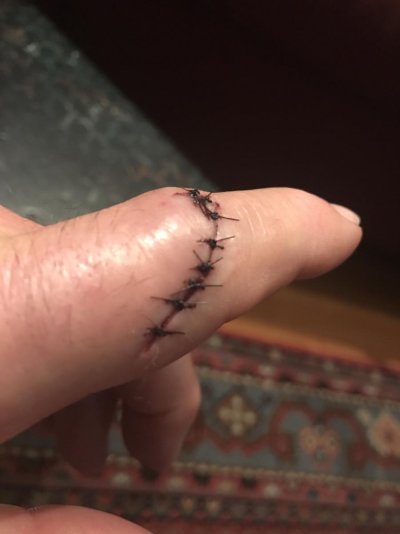cardude01
Guru
- Joined
- Nov 26, 2012
- Messages
- 5,290
- Location
- USA
- Vessel Name
- Bijou
- Vessel Make
- 2008 Island Packet PY/SP
Have a 4jh Yanmar.
I replaced the impeller after my trip from Florida to Texas, but have only put about 100 hours on it since here in over a year. Manual says every 250 hours or every year, which ever comes first.
Does everyone replace the impeller every year?
I replaced the impeller after my trip from Florida to Texas, but have only put about 100 hours on it since here in over a year. Manual says every 250 hours or every year, which ever comes first.
Does everyone replace the impeller every year?






